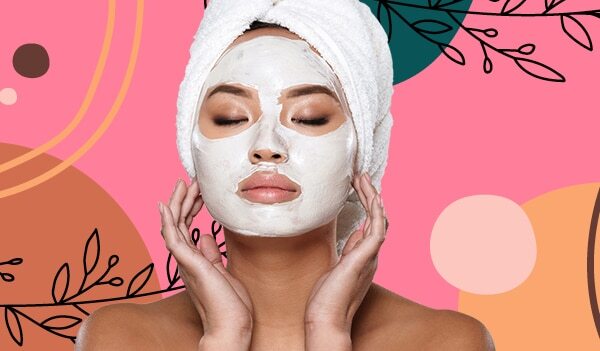The internet has probably taught us a lot more about skincare, and life in general, than books or experts ever could. Even the darkest corners of the web are filled with beauty hacks that are so effective, you will wonder how you did not know about them earlier. From facial massages to clever ingredient hacks that give you amazing results, these beauty trends are definitely not a mere fad. While some are pretty straightforward, others take some time and are probably also a little gross; which our topic at hand definitely is**. Skin gritting - **a deep pore-cleansing method that has been making the rounds of beauty communities for a while, is claiming to be a revolutionary pore-cleansing method that people need to try RN!
01What is skin gritting and benefits
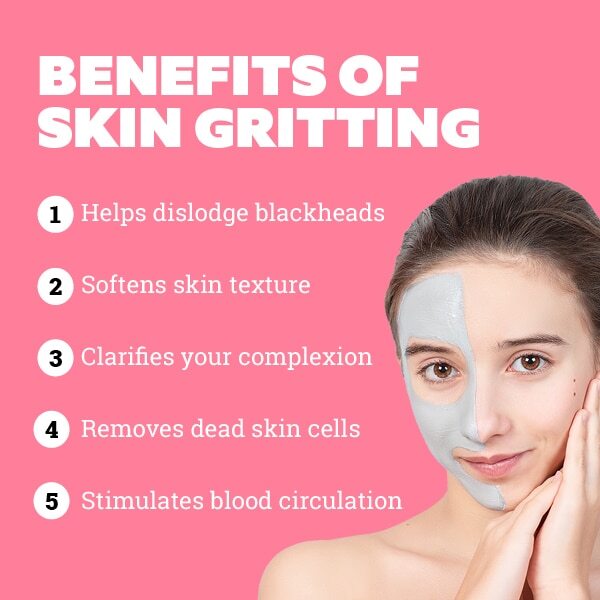
So what exactly is skin gritting? The 'gritting' or 'grits' method is popular with dry skin, oily skin, and blemish-prone skin and is used to get cleaner pores. The main idea of this method is to dislodge blackheads from your pores and rub them off your skin. The method gained popularity in the form of before and after pictures with black specks left behind on the skin drawing a lot of attention. The step-by-step process definitely has a lot of benefits, as seen above, but does it actually help with sucking out blackheads or open comedones? Let's investigate.
02The science behind skin gritting
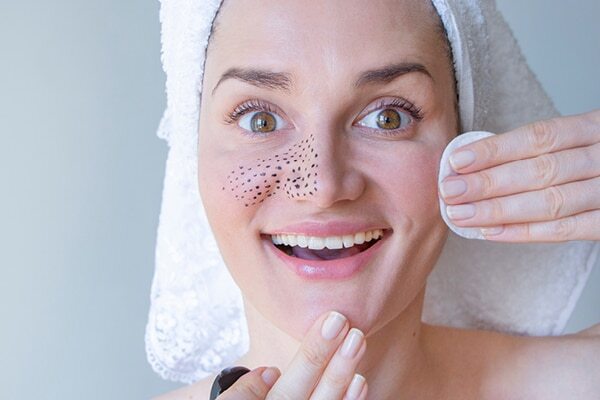
One of the top claims of this method is the fact that leftover 'grits' that come out of your pores are actually blackheads, resulting in your skin feeling clearer and smoother in the process. Even though there are a couple of different ways to do it, the end result is the same - the pores clogged with blackheads will unblock and the black specks will pop out easily. Blackheads are basically open comedones that occur on the surface of your skin and are caused by the lodging of oxidised debris of dirt, grime and dead skin cells. Having said that, it is actually quite tricky to zap them out so easily, especially through a gritting process performed by yourself. Some say the gunk left behind is just the products or dead skin balled up and there actually isn't any blackhead removal done in the first place. The debate about skin gritting being an effective procedure is still an ongoing one, with people on both sides standing their ground. After all, the facial massage, that is the final step of skin gritting, is known to stimulate your pores to the point where you can dislodge clogged debris from them. And regardless of which side sounds more convincing, you might want to try it yourself before landing upon a conclusion. Here are the 2 most popular ways in which you can do skin gritting.
03How is skin gritting done
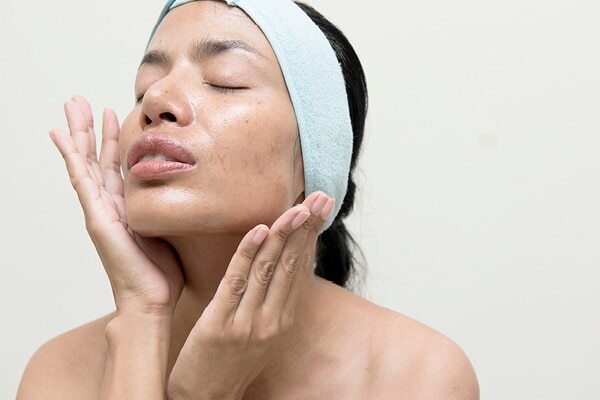
The two, well-known oil gritting methods are -
1. Oil-Clay-Oil method -
This is the original method that went viral and involves 3 steps in it. Step 1 begins with cleaning your face with an oil cleanser to help dissolve dirt and grime buildup on your face. It also helps soften your pores and opens them up for the next step. The oil cleansing step is followed with a clay mask - either kaolin or bentonite clay is applied for about 10 minutes to 'suck' the blackheads out of the open pores when it dries and is washed away. The clay mask step is then followed with the same oil cleanser which is applied to the skin and left for 20-25 minutes. This is then physically massaged to dislodge and remove blackheads from your skin, which shows up as dark coloured 'grits' on your hands and skin.
2. Oil-Acid-Clay-Oil method -
Similar to the step above, an additional step of an exfoliating acid is added to the process after the oil-cleansing step. The extra acid step aims at further loosening up the 'gunk' from your pores. Chemical exfoliation is known to be the most potent way of clearing out your pores, with AHAs and BHAs like glycolic, lactic, or salicylic acids used on your skin for the appropriate amount of time. Some users also like to use an exfoliating toner in place of a pure AHA or BHA to avoid over sensitising their skin with strong, potent acids.
04How to know if the skin gritting session is working
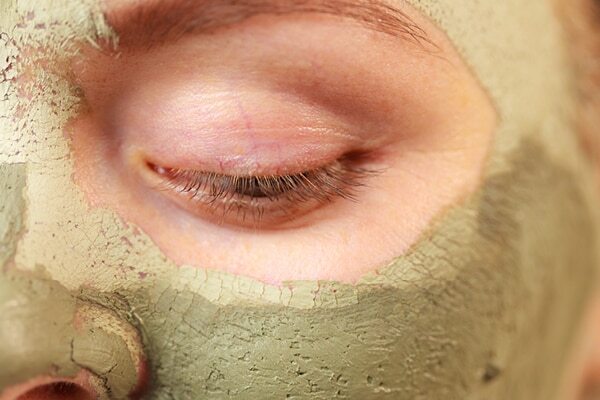
The highly debatable nature of skin gritting is because of the fact that people get such varying results from it. Some beauty enthusiasts noticed a lot of gross and gunk-y grits on their hands and some saw barely any. The true sign that the process is doing something is if you do see black, grey, clear, yellow, or white grits remaining on your palms after the final step. The jury's still out on whether it is actually blackheads that you see, as the gunk can also be just dirt, residue left behind from the clay mask or even dead skin cells. One way to assess if the skin gritting system actually worked on blackheads is to analyse the shape and texture of the grits. Dislodged blackheads are thin, long or bulb-shaped. You can physically press and flatten them, leaving a waxy residue behind. You might notice fewer grits if you already have a good exfoliation routine in place or often double cleanse in your daily routine. This is why even the deeply stimulating procedure of skin gritting might work in some ways, but you will still not be able to visually see the ousted build-up.
05How often should you be doing skin gritting
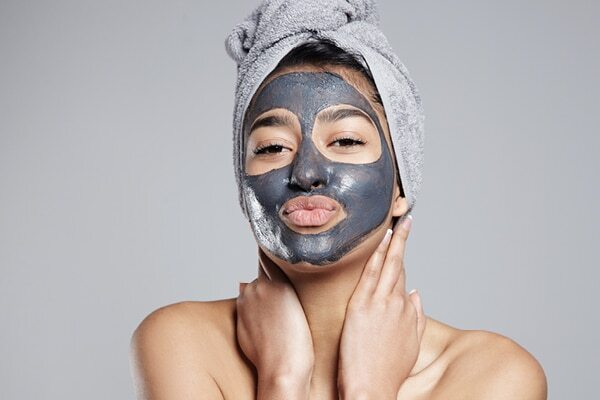
Now that you know how to do it and how to analyse the results, the key to keeping it safe for your skin is to follow the right frequency for it. Normal to dry skin types can handle skin gritting done once a week as a method of regular pore care. However, if your skin dryness leads to sensitivity, you might want to avoid the weekly session and do it once a month. Acne-prone and troubled skin should not undertake skin gritting by themselves and also refer to a dermatologist about ways to do it safely.
06Precautions to take with skin gritting
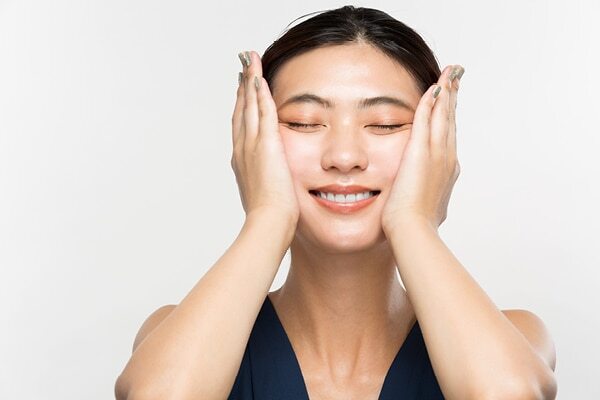
With every internet-famed skin hack comes the question - "How safe is it?" The procedure of skin gritting also begs this question, and the answer is not that simple. Some skin types see virtually no downside to it while some do. Skin gritting has been known to cause inflammation in sensitive skin types, especially when using the exfoliating acid method. Some of the side effects of an improper massaging technique can also be broken capillaries or micro-cuts in the skin from the clay residue, which will lead to hyperpigmentation later. If the chosen acids, clays and oils are too harsh, the procedure can lead to irritation and disruption of the natural lipid barrier of your skin. This is especially true for dry, sensitive, acne, or rosacea, eczema-prone skin; so make sure you are consulting your dermatologist before trying it for yourself.
07FAQs about skin gritting
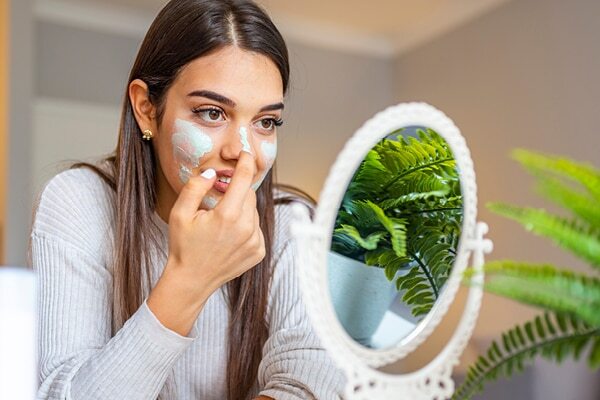
Q. Can you use coconut oil for skin gritting?
**A. **For the oil cleansing steps of skin gritting, it is best to use a specially formulated oil cleanser instead of just any oil from your pantry. This is especially true for coconut oil as it is highly comedogenic in nature and can further clog your pores instead of dislodging it.
Q. Can skin gritting shrink pores?
**A. **There is no way to permanently keep your pores from getting clogged and even a thorough procedure like skin gritting cannot shrink your pores. The procedure can however dislodge dirt and grime from the pores and give your skin a smoother and clearer finish. However, your pores will still remain the same size with an equal amount of possibility of the pore-clogging blackheads coming back.

